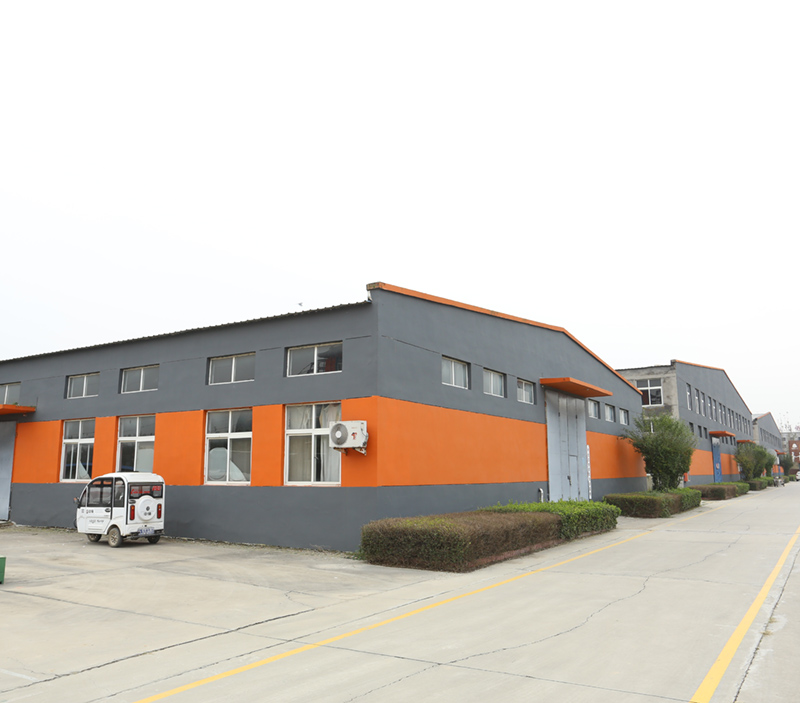Industrial Safety Helmets Available in Malaysia for Enhanced Workplace Protection
Industrial Safety Helmets in Malaysia Protecting Workers in Hazardous Environments
In the bustling landscape of Malaysia's industrial sector, safety is paramount. With a diverse range of industries such as construction, manufacturing, and oil and gas, workers are often exposed to various hazards. To mitigate risks associated with falling objects, electrical shocks, and other workplace dangers, the use of industrial safety helmets has become a vital requirement. This article will explore the significance of safety helmets in Malaysia, the standards they must meet, and the innovations currently shaping this essential safety product.
The Importance of Safety Helmets
Industrial safety helmets are critical pieces of personal protective equipment (PPE) that protect workers’ heads from injuries. According to the Department of Occupational Safety and Health (DOSH) in Malaysia, head injuries are among the most serious and common types of workplace injuries, which can lead to long-term disabilities or fatalities. By using safety helmets, companies not only comply with labor regulations but also foster a culture of safety that can significantly enhance productivity and morale among employees.
Regulatory Standards and Certifications
In Malaysia, the safety standards for industrial helmets are governed by the Malaysian Standards (MS), which are in accordance with international norms such as those from the International Organization for Standardization (ISO) and the American National Standards Institute (ANSI). Helmets must undergo rigorous testing to ensure they can withstand impact, penetration, and various environmental conditions. The MS 1432007 standard, for instance, outlines the testing methods and performance requirements for helmets used in various industries.
Employers are mandated to provide appropriate safety helmets to their workers. In line with the OSH Act 1994, employers must ensure that all PPE provided is properly maintained and that employees receive training on how to use them effectively. This commitment not only safeguards workers but also protects businesses from potential liabilities associated with workplace injuries.
Features of Modern Safety Helmets
Modern safety helmets have evolved significantly from traditional designs. Manufacturers in Malaysia are constantly innovating to produce helmets that are not only protective but also comfortable and user-friendly. Some key features of modern safety helmets include
1. Lightweight Materials Today's helmets are often made from advanced materials such as polycarbonate and fiberglass, making them lighter without compromising strength.
industrial safety helmet malaysia products

3. Adjustable Suspension Systems A well-fitting helmet is crucial for effective protection. Adjustable suspension systems ensure a snug fit for various head sizes, allowing for comfort and stability.
4. Anti-Fog Visors Some helmets are equipped with visors that prevent fogging, enhancing visibility in humid conditions often encountered in Malaysian climates.
5. Integrated Communication Systems Certain helmets are designed with built-in communication devices, enabling workers to maintain contact in noisy environments without removing their helmets.
Market Overview and Future Prospects
The demand for industrial safety helmets in Malaysia is on the rise, driven by an increasing awareness of workplace safety and stringent regulatory requirements. The construction and manufacturing sectors, in particular, are significant contributors to this growing market. As companies increasingly prioritize worker welfare and accident prevention, investments in high-quality safety helmets are seen as essential.
Furthermore, the trend toward sustainable practices is influencing the helmet market. Manufacturers are exploring eco-friendly materials and production processes to minimize environmental impact, aligning with global sustainability goals.
Conclusion
In summary, industrial safety helmets are indispensable tools for ensuring the safety and well-being of workers in Malaysia's diverse industrial sectors. With stringent regulations, continuous innovations, and a growing awareness of safety standards, these helmets play a critical role in protecting workers from head injuries in hazardous environments. As the industrial landscape continues to evolve, so too will the technology and designs of safety helmets, ultimately contributing to a safer workplace for all. Adopting these protective measures not only benefits individual workers but also enhances overall productivity, demonstrating that safety and efficiency go hand in hand in today’s competitive market.
-
Top HDPE Safety Helmets - Lightweight, Durable Head Protection
NewsAug.01,2025
-
Top AI Safety Clothing with GPT-4 Turbo | Smart Protection
NewsJul.31,2025
-
Face Shield Safety Helmet with GPT-4 Turbo AI Safety
NewsJul.31,2025
-
CE Working Clothing for Construction & Welding Safety
NewsJul.30,2025
-
Premium Safety Helmet with Visor for Construction & Industrial Use
NewsJul.29,2025
-
High-Quality CE Working Clothing for Safety and Construction
NewsJul.29,2025
